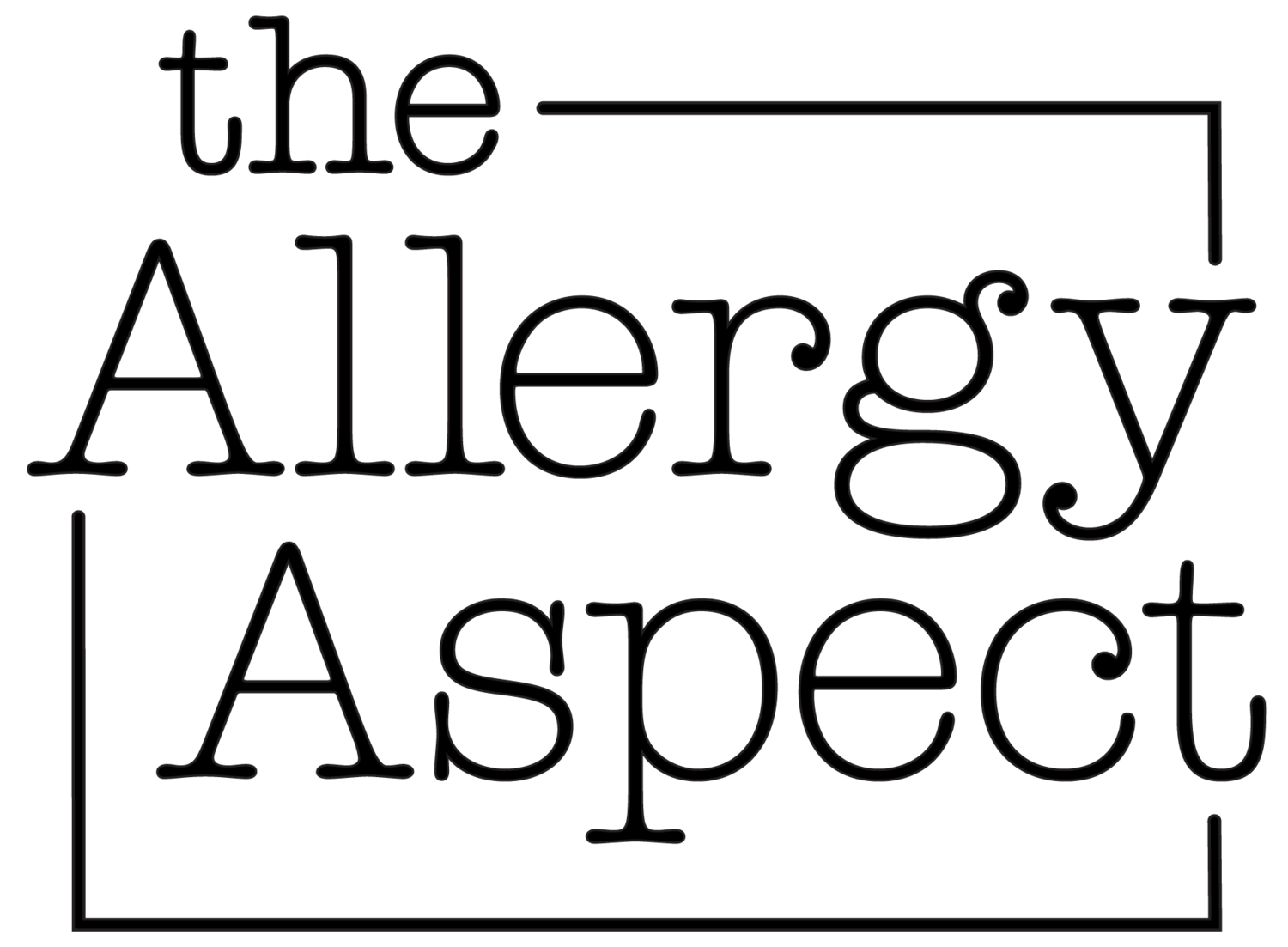What is EOE?
Eosinophilic esophagitis is difficult to pronounce, diagnose and manage.
“Eosinophilic esophagitis (EOE) is a chronic, allergic inflammatory disease of the esophagus. It occurs when a type of white blood cell, the eosinophil, accumulates in the esophagus. The elevated number of eosinophils cause injury and inflammation to the esophagus. This damage may make eating difficult or uncomfortable, potentially resulting in poor growth, chronic pain and/or difficult swallowing. ”
In addition to our son’s multiple food allergies and history of anaphylaxis, he was diagnosed with eosinophilic esophagitis in early 2018. I struggle to describe EOE but have found the story of how we discovered his diagnosis the best way to understand it. Looking back there may have been underlying signs of this chronic condition, but it wasn’t until our son started oral immunotherapy (OIT) for wheat, that symptoms of EOE started to become pronounced and frequent.
Throughout the three years of OIT, our son’s body was managing to generally tolerate the daily wheat dose. We’d worked up to a whole quarter-cup of elbow wheat pasta. However, certain puzzling complaints from him over those years always sat in the back of my mind. These symptoms weren’t crippling initially, but they were there, coming and going – stomach upset, chest pain, general malaise, and a lack of growth.
He was able to tolerate this small amount of wheat through OIT without triggering anaphylaxis, but his body was still fighting the allergen, just in a different way. His immune system was fighting the allergen by sending an army of eosinophils to his esophagus to prevent the allergen from entering his body. It took three years of daily consumption of an allergen to build up the number of eosinophils in his esophagus to begin to cause so much discomfort and pain, that we had to find an answer. That answer was an EOE diagnosis.
How is EOE diagnosed?
As frustrating as it is, the only way to definitively diagnose and monitor EOE is through an upper endoscopy. During this procedure, biopsies are taken and sent to a lab. A pathologist in the lab will analyze the biopsy tissue samples and count the number of eosinophils in each sample. A count of 15 or more eosinophils per high-powered microscopic field is suggestive of EOE.
With an EOE diagnosis, treatment options are evaluated and follow-up repeat endoscopies are required to monitor the effectiveness of treatment plans.
How is EOE treated?
A combination of therapies may be needed, including diet management and medication. For a more detailed description of treatments please refer to Apfed.
For more information, see Resources page and discuss any concerns with your medical professional.

